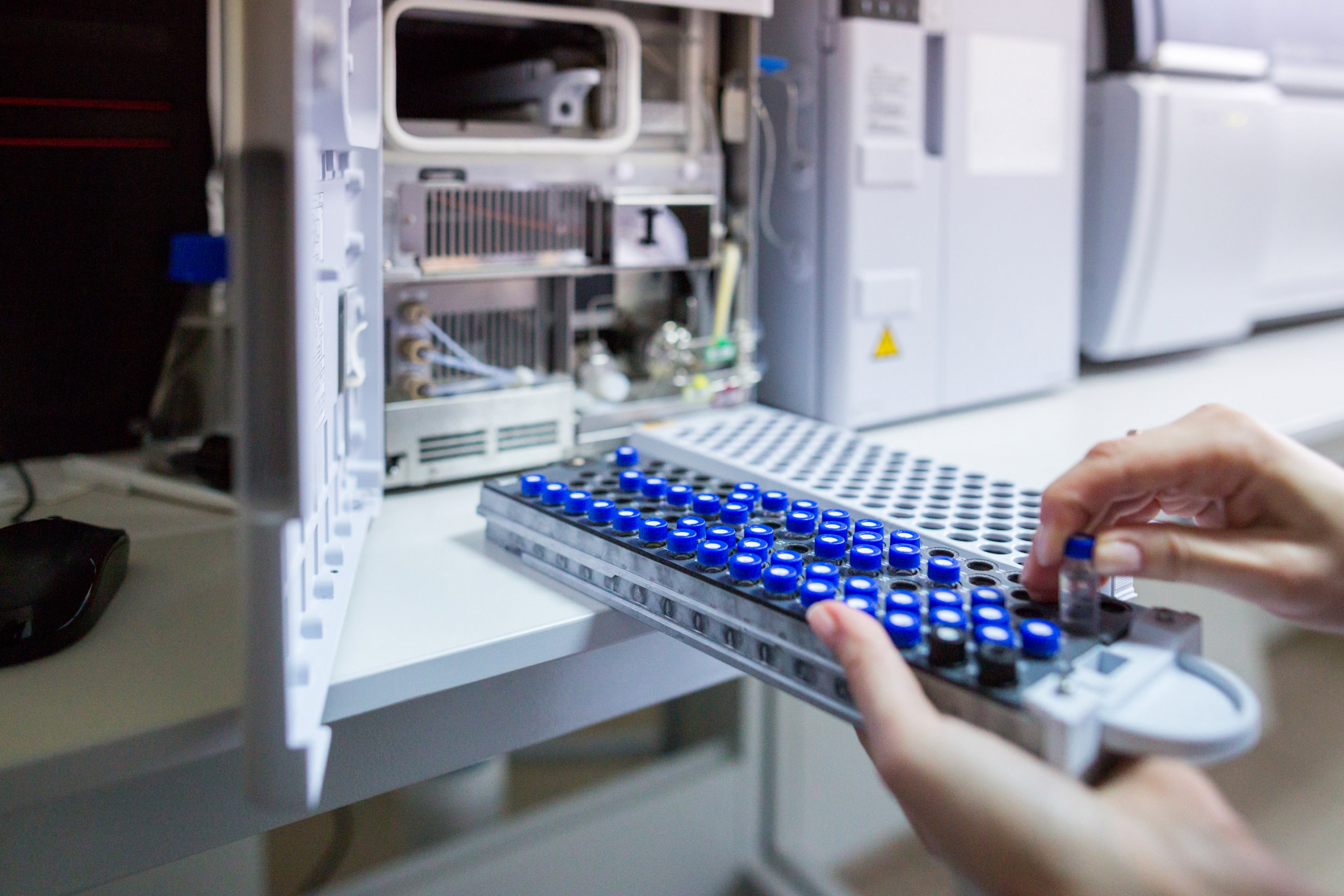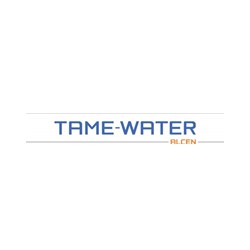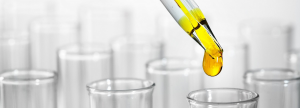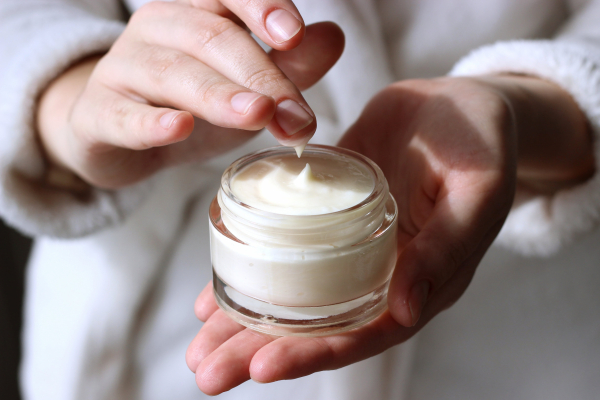Tame-Water contacted CAPACITÉS’ engineers to develop a proof of concept that approved using spectroscopy to detect, identify and quantify microplastics in water samples. It also requested they develop a custom protocol for industrial application.
CAPACITÉS’ experts used two spectroscopic techniques to analyze the environmental samples supplied by Tame-Water : RAMAN et CARS. These optical, non-invasive, and non-destructive methods were able to determine the ratio and nature of microplastics present in the water samples.
CAPACITÉS’ experts approved the analytical instruments’ operating settings and collected data during an initial test phase. Then they used the collected data to adapt the method of analysis to industrial use.
Following the research phases, the experts from CAPACITÉS and the GEPEA laboratory provided Tame-Water with the first technical building blocks. It now has a new, fast, simple, and non-invasive method for identifying a contaminant in a complex sample.
To successfully complete this project, the CAPACITÉS’ experts benefited from support and technical equipment from the GEPEA laboratory, joint research unit of the University of Nantes, Oniris IMT Atlantic and CNRS (The French National Centre for Scientific Research)





